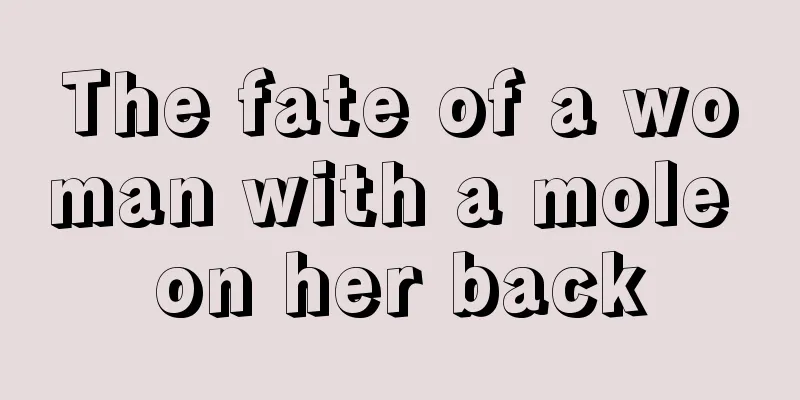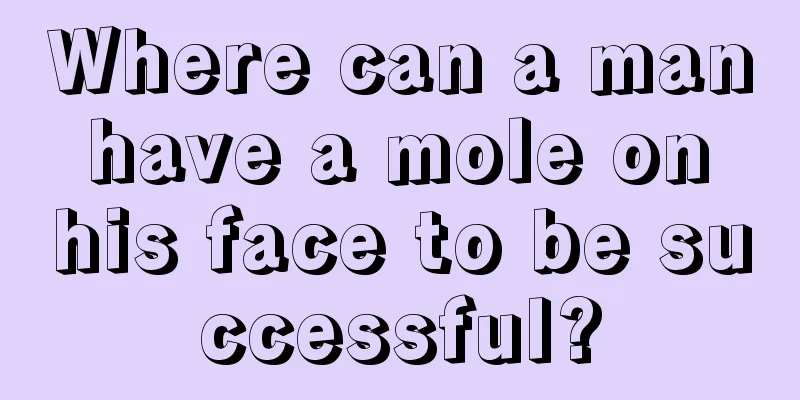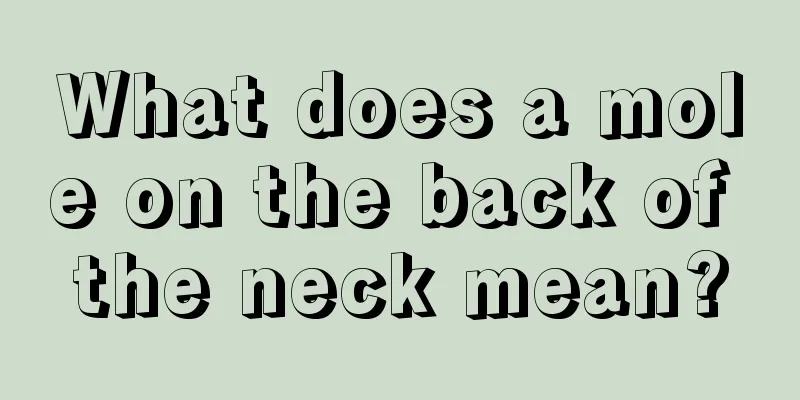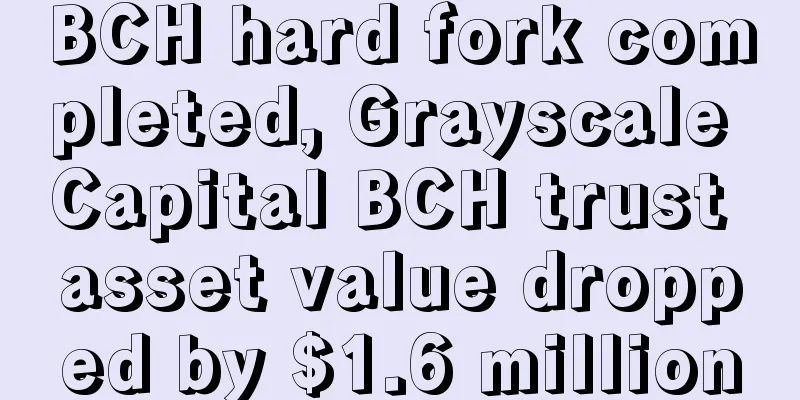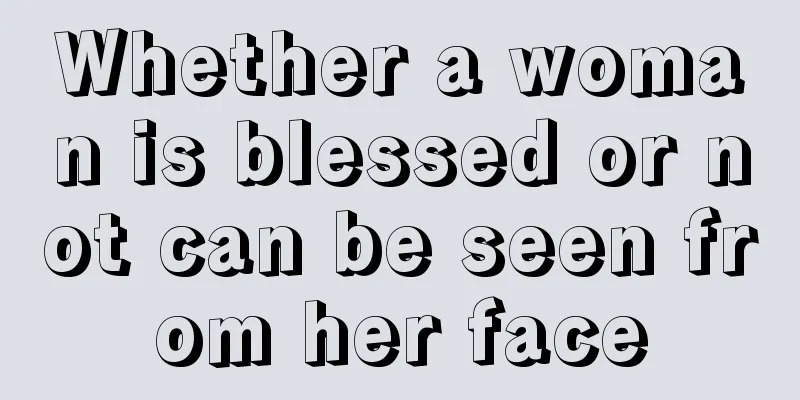Why blockchain technology can rewrite the global financial landscape
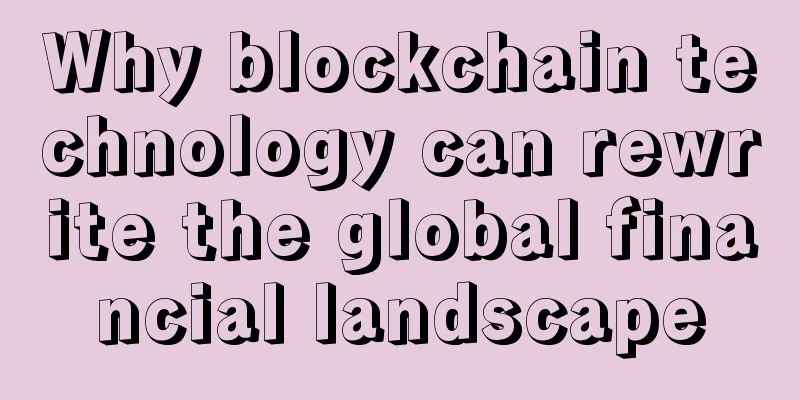
|
Simon Johnson, a professor at the MIT Sloan School of Management, wrote that blockchain technology has the potential to significantly reduce or even eliminate the value of trusted intermediaries (such as large banks). Large banks themselves are also investing heavily in the research and development of such technologies, probably hoping to save part of their own business by limiting the degree of final decentralization. Kashkari will lead us to reflect and hope to end the problem of traditional large banks being too big to fail. In the world of blockchain, he and his colleagues will work hard to prevent any variants of being too big to fail from resurfacing. This article has certain reference value. After nearly a decade of crisis, bailouts, and reforms in the United States and the European Union, the financial system in those countries and around the world looks very much like it did in 2006. A number of financial reforms have been attempted since 2010, but the overall effect has been limited. Some big banks have fallen on hard times, while others have taken their place. The financial landscape has been dominated by a dozen or so big banks, as it was before the 2008 global financial crisis and today. But something is changing in the financial industry, and the big banks may soon be a thing of the past. Few officials are privately satisfied with progress on financial reforms. Publicly, they have mostly been more restrained, but recent comments by Minneapolis Federal Reserve President Neel Kashkari struck a chord when he called for a reassessment of progress in addressing problems caused by financial institutions that are “too big to fail,” or TBTF. Kashkari has served under U.S. Treasury Secretary Henry M. Paulson since 2006. He not only watched the entire financial crisis, but also participated in it personally; in October 2008, he became the deputy secretary in charge of the Troubled Asset Relief Program and was ordered to stabilize the financial system. He is also a Republican who has worked at both Goldman Sachs (a large bank) and Pacific Investment Management (a large asset management company). Therefore, when he made the statement "I believe that those big banks are still too big to fail and continue to pose significant and persistent risks to our economy," this naturally aroused people's vigilance. Kashkari is also right about the 2010 Dodd-Frank financial reform law. That legislation and the regulations that followed it did move some things in the right direction. “But given the enormous costs of another financial crisis and the uncertainty about whether these new tools will be effective, I think we have to seriously consider some of the bolder, transformational options,” he said. Kashkari is now proposing a completely correct approach: holding public meetings and broad discussions to assess whether the big banks should be broken up, whether they (and other financial institutions) should be forced to retain more assets and take on less debt, or whether a debt tax should be imposed to curb excessive leverage. The first meeting is scheduled for April 4 (and I am one of the speakers). Kashkari is just one of 12 presidents of regional Federal Reserve banks. He also sits on the Federal Open Market Committee, which sets monetary policy, but not on the Federal Reserve System’s Board of Governors, which oversees bank regulation. But his call for an assessment of the too-big-to-fail problem will have a significant impact for three reasons: First, the views he expressed were entirely reasonable and mainstream, based on deep experience (his and others’) with this and other financial crises. Kashkari used his authoritative role to convey what many other reasonable people have been trying to convey for nearly a decade. Second, what Kashkari is laying out, in proper central bank language, is exactly the same argument that the remaining Democratic presidential candidates are making before voters. Hillary Clinton has proposed a careful, thoughtful plan for financial reform that focuses on taxing leverage and raising capital requirements. Bernie Sanders prefers breaking up the banks . But the goal is the same; and as Kashkari points out, any of these tools have the potential to improve our situation. When reasonable Republicans and Democrats begin to converge on policy, we stand a better chance of achieving sensible change. Third, Kashkari’s approach coincides with the arrival of new “blockchain” technology, which makes it possible to organize financial transactions in a more decentralized way . Various versions of this technology are either already available or under development, and all hold the very real promise of reducing transaction costs in much of the financial industry . We don’t yet know which version will ultimately prevail, and there is a lively discussion about how to ensure that new standards and systems enhance stability rather than (as with some previous financial innovations) produce unpleasant unintended consequences. Most importantly, blockchain technology has the potential to significantly reduce, or even eliminate, the value of trusted intermediaries such as large banks, which are themselves investing heavily in the development of such technologies, presumably hoping to save some of their own business by limiting the degree of eventual decentralization. Kashkari will lead us to rethink and hopefully end the too-big-to-fail problem of traditional large banks. In the world of blockchain, he and his colleagues will work hard to prevent any too-big-to-fail variant from resurfacing. Article source: Lianhe Zaobao; author Simon Johnson is a professor at the MIT Sloan School of Management and co-author of "White House Burning: The Founding Fathers, Our National Debt, and Why It Matters to You." |
<<: USAA Expands Bitcoin Integration to All Members
>>: The ninth largest law firm in the United States releases blockchain report
Recommend
Will miners crash the price of coins before the halving?
Keith Wareing Odaily Planet Daily Translator | Mo...
Icelandic citizens' participation in crypto mining raises concerns among government officials
According to Cryptoglobe, Icelandic citizens have...
Is it true that men have left palm and women have right palm?
Many people know the saying that men wear left pa...
People with hump noses have a rough fate. Do people with hump noses really have a bad fate?
Do people with hump noses have a rough fate? From...
How to judge the good or bad luck of moles
How to judge the good or bad luck of moles Identi...
The State of Bitcoin Mining in Norway: Controversy and Growth
This article is part of a series describing the B...
US telecom giant AT&T applies for patent for server based on Bitcoin blockchain
AT&T, the second largest mobile operator in t...
Analysis of moles on the soles of men's feet
Many times we only notice moles in obvious parts ...
The central bank summoned the head of the Bitcoin platform to discuss anti-money laundering?
Overnight, the channel for capital outflow by spe...
Explanation of island patterns in palm lines
Many people only know some important lines about ...
How to solve the problem of receding chin
A receding chin is one of the very bad facial fea...
Gold plunges and Bitcoin collapses, but institutional bullish sentiment remains high
Yesterday morning, the price of gold, which had b...
Is the new moon eyebrow good?
Crescent-moon eyebrows are just as their name sug...
Men's willow leaf eyebrows
Is it good for a man to have willow-shaped eyebro...
What does a mole on a man’s ear bone mean? Is the meaning good?
Although not everyone has a mole on the ear bone,...
